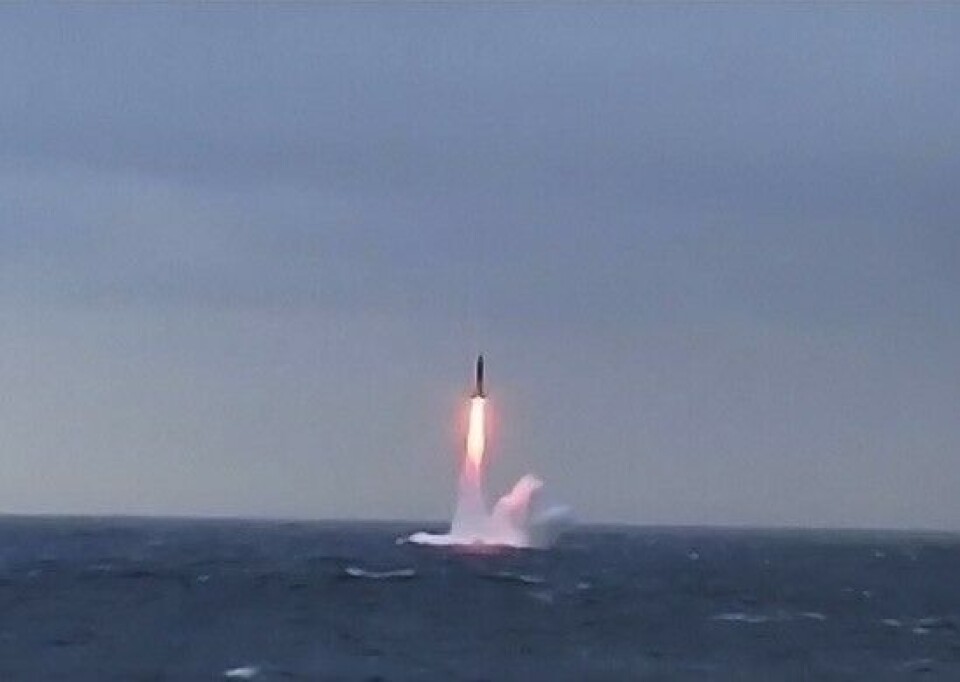
Russia readies Barents Sea for annual Thunder nuke exercise
The annual Grom (Thunder in Russian) strategic nuclear exercise will most likely take place this week or next. Parts of the Barents Sea are closed off in the periods of October 20-24 and 28.
Russia is warning civilian air traffic to stay away from several areas of the Barents Sea, the Arctic Ocean, the East Siberia sea and Kamchatka for the four-day period Monday to Friday this week and for Tuesday next week.
The Kremlin has not officially announced the drill, but the geographical locations of the NOTAMs (Notice to Airmen) correspond with the launch of ballistic missiles from one or two submarines in the Barents Sea and impact at the Kura missile test range on the Kamchatka Peninsula in the Far East.
The launch site in the Barents Sea is just north of the Kildin island north of Murmansk, with the missile's first stage splashdown somewhere between 70 and 72 degrees North, east of Russia's maritime delimitation line with Norway.
Russia's Northern Fleet has two classes of ballistic missile submarines; the Delta-IV and the newer Borei-A class. The latter are armed with Bulava missiles, while the older Delta-IV submarines carry Sineva missiles.
The exercise is a routine annual event, and its implementation is not in itself linked with higher tensions between Moscow and the West.
Last Monday, NATO began its annual nuclear exercise Steadfast Noon in Europe. This year, both Norway and Sweden are taking part in the drill with fighter jets, although the two countries' aircraft can't carry nuclear warheads.
"For NATO's nuclear deterrent to be credible, it must be practiced. We are participating in the exercise because we believe it is important to contribute to allied unity and coherent communication in the face of potential adversaries," said Minister of Defence, Tore O. Sandvik, in a press release.
The Grom nuclear exercise includes all three legs of Russia's nuclear triad. In addition to submarine launched missiles, it includes strategic bombers and a land-based missile, normally launched from the Plesetsk cosmodrome in Arkhangelsk region.
Russian leader Vladimir Putin has made it clear that new weapons are under development, including the nuclear-powered, nuclear-armed Burevestnik cruise missile.
Meanwhile, the last existing bilateral arms agreement between the United States and Russia, the New START treaty, expires in February 2026.
















